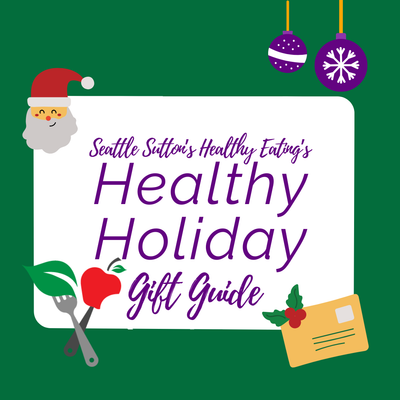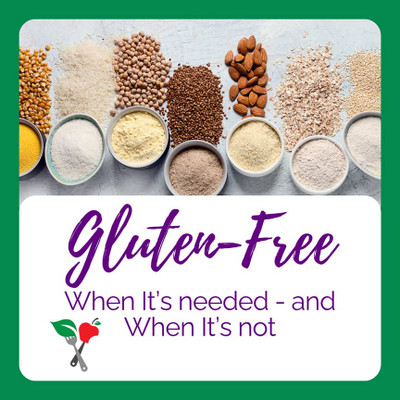Dealing with Cravings: A Practical Guide from Seattle Sutton’s Dietitians
Food cravings are something we all experience. Whether it's a sudden urge for something sweet after dinner or the irresistible pull of salty snacks during a stressful day, cravings can feel powerful and sometimes downright confusing. While they’re completely normal, cravings can feel frustrating when you're trying to stick to a healthy eating routine.
At Seattle Sutton’s Healthy Eating, we hear from many people who feel like cravings are sabotaging their progress. The good news? You can manage cravings without relying on willpower alone. The key is understanding why cravings happen and putting simple, sustainable strategies in place to respond to them in a healthier way.
Let’s break it down.
Why Do We Crave Certain Foods?
Cravings usually don’t come out of nowhere. They often have a root cause, including:
- Undereating – Skipping meals or not eating enough calories overall can lead to intense hunger and stronger cravings later in the day. In fact, studies have found that people who skipped meals experienced more frequent and more intense cravings, especially in the evening.
- Over-restriction – Labeling foods as “bad” or following a strict “all-or-nothing” approach can make those foods feel irresistible. Research shows that rigid dietary restraint is associated with more binge episodes and cravings, not fewer.
- Emotional triggers – Stress, anxiety, boredom, and even loneliness can drive emotional eating. Cortisol, the “stress hormone,” has been shown to increase cravings for high-fat, high-sugar foods.
- Habits – Sometimes, cravings are just tied to routines or environments, not real hunger. Think popcorn at the movies or dessert after every dinner.
Step 1: Identify the Root Cause
Before you react to a craving, pause and ask yourself:
➡️ Am I hungry or am I tired, stressed, or just bored?
➡️ Is this part of a habit or routine, or a genuine need?
Understanding why you're craving something helps you choose the right strategy to manage it.
Step 2: Eat Enough and Eat Balanced
When you’re not eating enough, your body responds with more intense cravings. Make sure you’re consuming the right number of calories and nutrients for your needs. If you're unsure, our dietitians can help guide you.
Studies show that high-protein meals can reduce late-night cravings by up to 60% and prevent overeating.
Focus on balance:
- Include all food groups – Cutting out entire categories of food can make cravings worse.
- Fiber-rich carbs – Think whole grains, fruits, and vegetables to help you feel full.
- Protein – Helps reduce cravings and increases satiety.
- Healthy fats – Nuts, seeds, avocados, and oils can keep you satisfied between meals.
And yes, you can have treats! Use the 90/10 rule: 90% of your food choices for nourishment, 10% just for fun.
Step 3: Address Emotional Eating
If you're reaching for food out of stress or boredom, it’s time to address the real emotion. Instead, try:
- For anxiety: Deep breathing, journaling, or a quick walk.
- For boredom or loneliness: Call a friend, take a shower, or start a hobby.
Food might bring short-term comfort, but in the long run, it often leads to more stress or guilt.
Step 4: Break the Habit Loop
Cravings often strike at specific times or places. If you always reach for a snack during a certain time or in a certain place, it's time to break the cycle.
- Change your routine – Replace that moment with a walk or a different activity.
- Reorganize your space – Move tempting items out of sight to help you pause and ask, “Am I really hungry?”
- Plan ahead – Having a meal or snack plan reduces impulse eating and keeps your day on track.
Final Tips to Keep Cravings in Check
- Don’t skip meals to stay ahead of hunger.
- Plan your meals and snacks to avoid mindless choices.
- Keep a regular eating schedule.
- Use the 90/10 rule to allow flexibility without guilt.
- Ask yourself: “Am I truly hungry?” before eating.
Need Help with Your Nutrition Plan?
At Seattle Sutton’s Healthy Eating, we’re here to make healthy eating simple. Our dietitian-designed, portion-controlled meals help take the guesswork out of nutrition, so you can focus on your goals and all the fun things in life!
Ready to feel more in control? We’ve got your back.

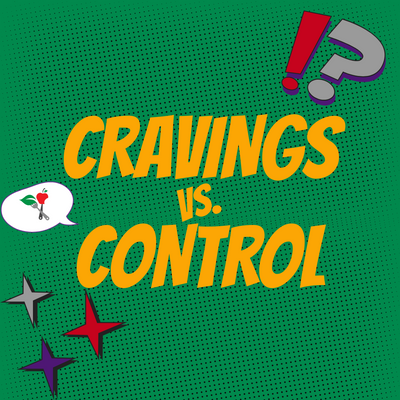



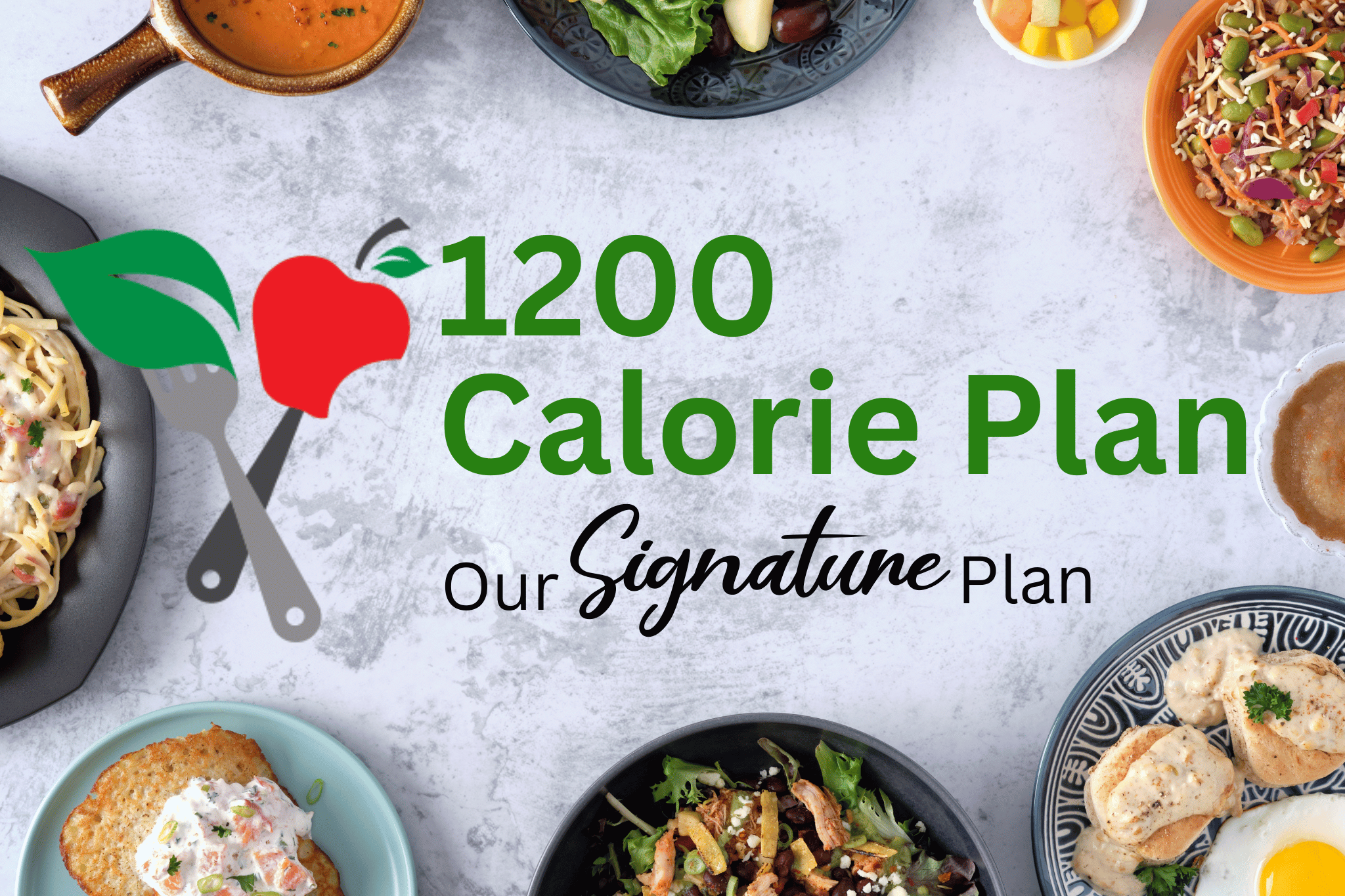

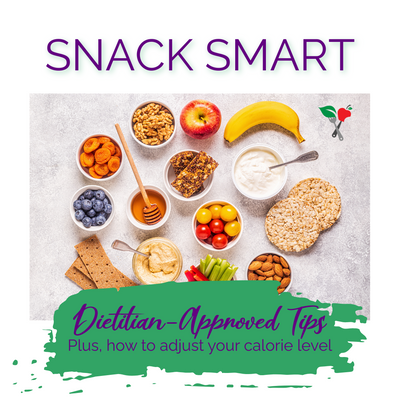

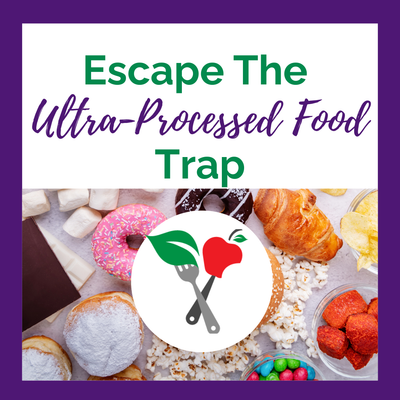
 Weight Loss
Weight Loss Health & Wellness
Health & Wellness Diabetes
Diabetes Heart Health
Heart Health Motherhood & Family
Motherhood & Family Dietary Restriction
Dietary Restriction Other Health Conditions
Other Health Conditions About SSHE
About SSHE